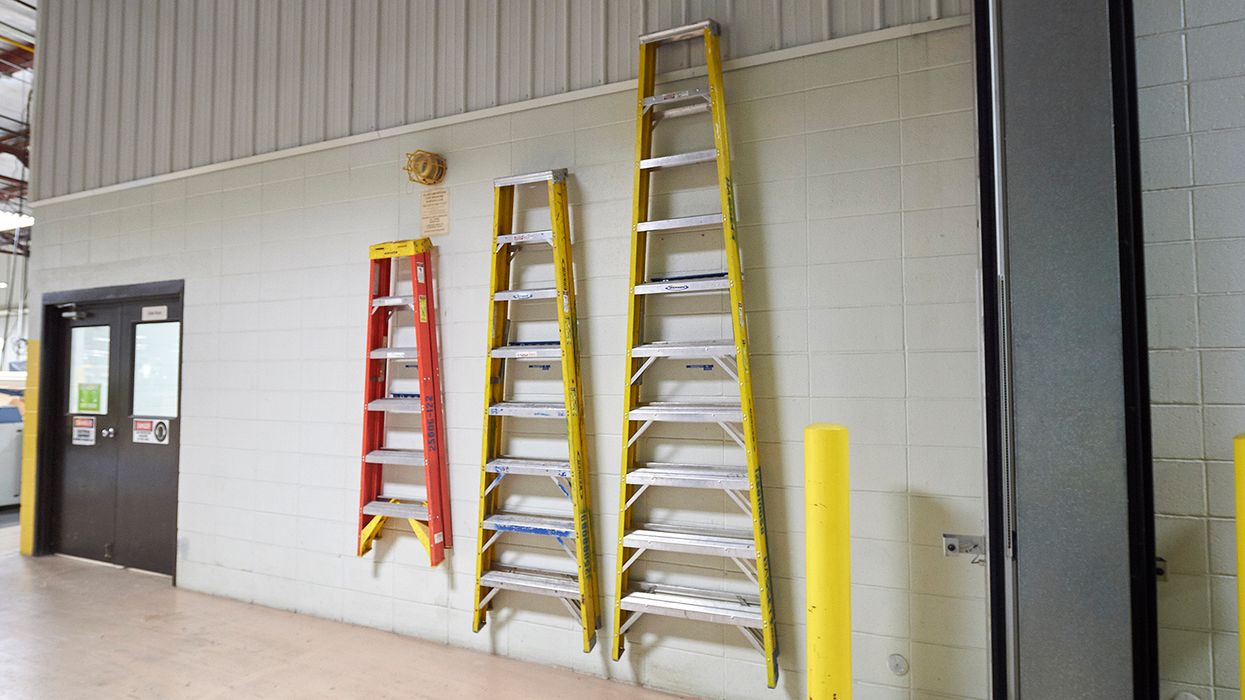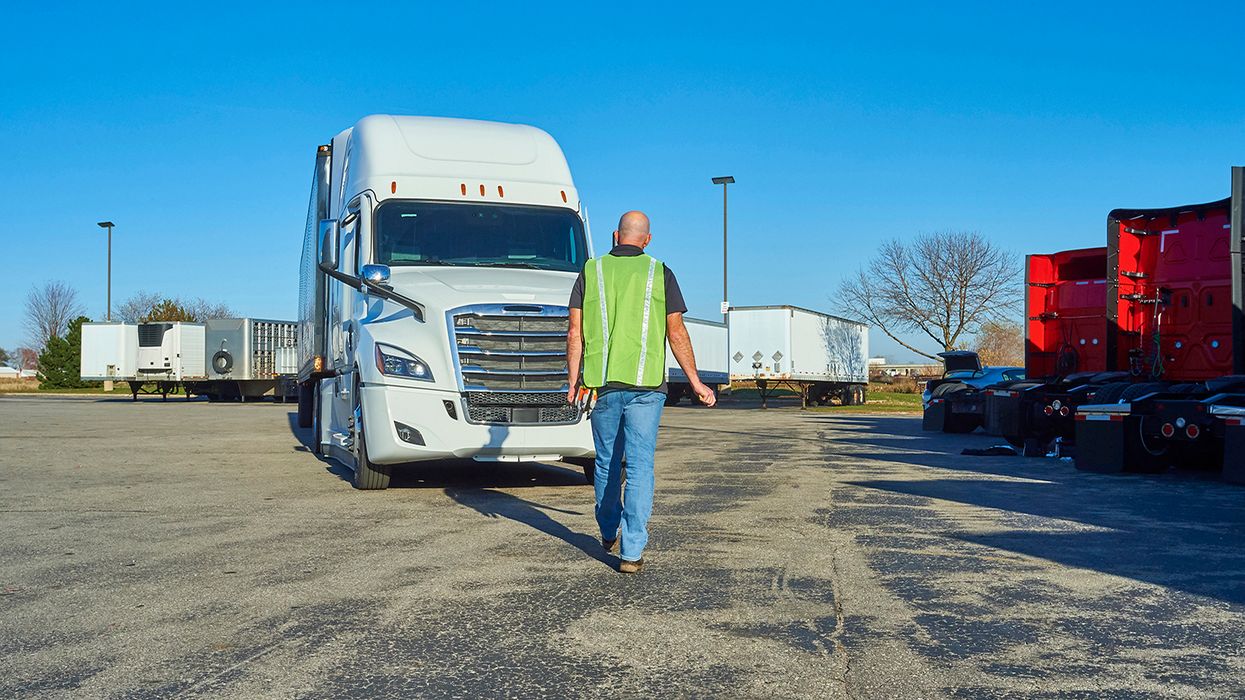Musculoskeletal injuries in warehousing: The unseen cost of the e-commerce boom
The rapid rise of e-commerce has reshaped global supply chains, bringing warehouses to the center of modern retail. With this rapid growth has come increased demand for speed, volume, and efficiency, but often at the expense of worker safety. One of the most overlooked consequences of this expansion is the surge in musculoskeletal disorders (MSDs) among warehouse workers.
MSDs are injuries or disorders affecting muscles, nerves, tendons, joints, cartilage, and spinal discs. In warehousing, they typically result from repetitive lifting, awkward postures, overexertion, or prolonged standing. According to the latest U.S. Bureau of Labor Statistics (BLS) data, warehousing and storage workers experienced a 12% increase in reported MSD-related injuries between 2022 and 2023. This trend continued into 2024 and early 2025 and shows no signs of slowing down.
These injuries aren’t just uncomfortable, they’re disruptive. They often require physical therapy, restricted duty, or extended time off work. In 2023 alone, MSDs accounted for over 30% of all injury-related days away from work in the warehousing sector. Yet many facilities still view them as inevitable, rather than preventable.
Why it’s a problem:
The physical layout and pace of modern warehouses are major contributors to the problem. Workers are often expected to walk 10 to 15 miles per shift, lift hundreds of packages, and meet rigid performance quotas while navigating narrow aisles, high shelves, and uneven floors. Even with some automation and mechanized assistance, many tasks still rely on human labor, especially in last-mile distribution centers and fulfillment hubs.
In response, OSHA has launched several enforcement initiatives targeting warehouse safety. While OSHA does not have an ergonomic standard, several states do, and OSHA can cite employers under the General Duty Clause of the OSH Act if they fail to mitigate known ergonomic hazards. In 2024, several major warehouse operators were issued citations for failure to address repeat MSD risks, with fines ranging from $30,000 to over $100,000 depending on severity and recurrence. OSHA has also partnered with NIOSH to publish guidance on best practices, including job rotation, ergonomic workstations, and lifting aids.
Even without OSHA citations, ergonomic injuries can increase workers’ compensation premiums, and those costs directly reduce profits. If a distribution center with a 10 percent profit margin can lower workers’ compensation premiums by $20,000, for example, that represents the profits from $200,000 in sales.
Solutions:
So, what can employers do? First, conduct an ergonomic risk assessment of everyday job tasks. Identify where repetitive motions, heavy lifting, or awkward postures are most common. Involve employees in this process, since they know where the real strain happens. Second, invest in engineering controls like height-adjustable work surfaces, lift-assist devices, and anti-fatigue flooring. Third, train workers on proper lifting techniques and body mechanics, and encourage early reporting of symptoms before injuries worsen. Most importantly, businesses must change the mindset around MSDs. These injuries are not an unavoidable cost of doing business, they’re predictable and preventable. By prioritizing ergonomics and redesigning jobs with the worker in mind, employers can reduce injury rates, improve retention, and boost productivity in a sustainable way.
As the e-commerce sector grows, so must our commitment to the people who power it. The cost of ignoring MSDs isn’t just measured in lost workdays, it’s measured in lives altered and careers shortened.
Keys to remember: Musculoskeletal injuries are increasing in the warehousing sector due to the fast pace and physical demands of e-commerce operation. These injuries are preventable with the right mix of ergonomic design, training, and hazard awareness.































































